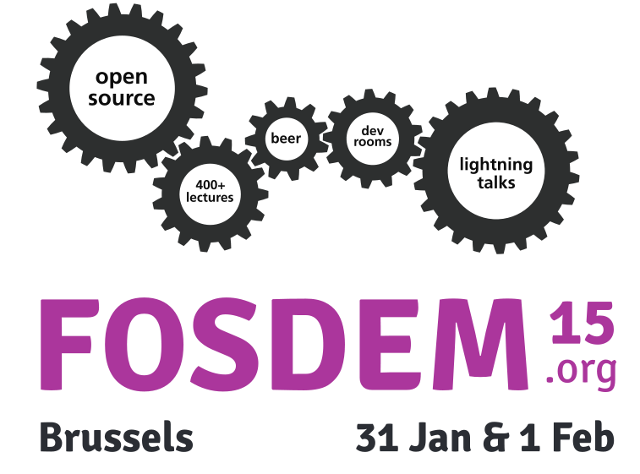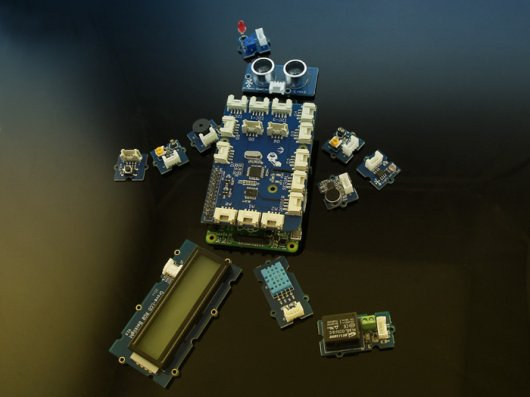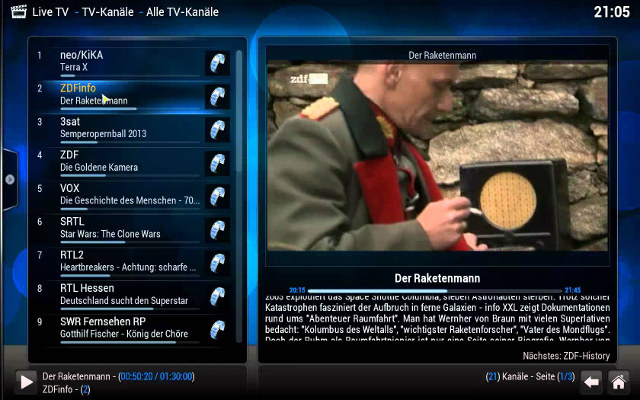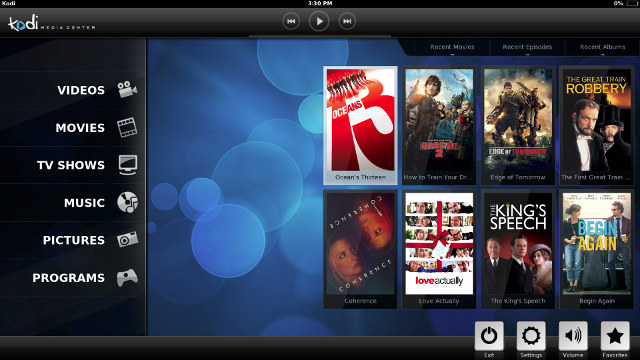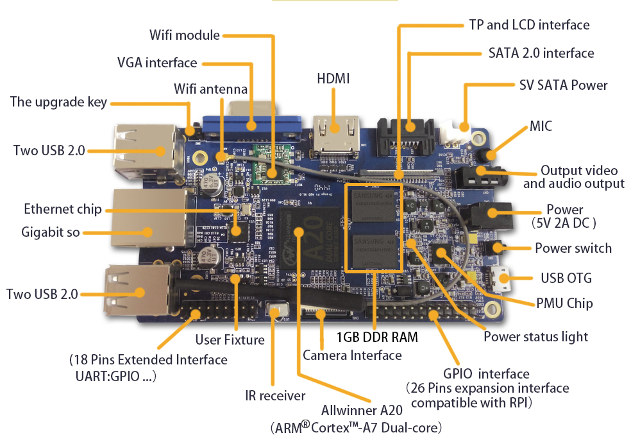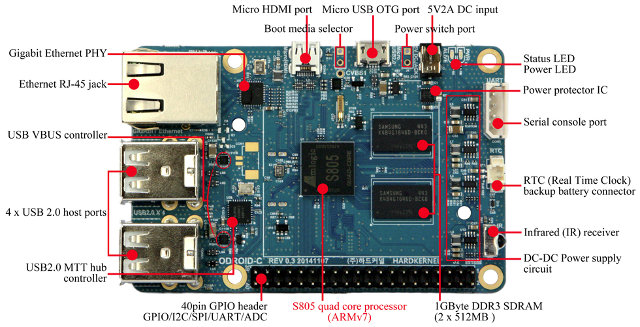FOSDEM (Free and Open Source Software Developers’ European Meeting) takes place every year during the first week-end of February. This year the developer-oriented event expects to bring over 5000 geeks to share ideas and collaborate on open source projects. Contrary to most other events, it’s free to attend, and you don’t even need to register, just show up. FOSDEM 2015 will take place on January 31- February 1 in Brussels. There will be 551 sessions divided into 5 keynotes, 40 lightning talks, 6 certification exams, and with the bulk being developer rooms and main tracks, divided into 7 main tracks this year: Languages, Performance, Time, Typesetting, Hardware, Security and Miscellaneous. I’m not going to attend, but it’s still interested to see what will be talked about, and I’ve concocted my own little virtual program out of the main tracks and developers’ rooms. There’s a few minutes overlap between some talks […]
GrovePi+ Starter Kit Adds Multiple Sensors, Relays, an LCD, a Buzzer… to the Raspberry Pi Boards
Seeed Studio and Dexter Industries has introduced the GrovePi+ Starter Kit for the Raspberry Pi (All models) that includes the GrovePi+ board, and various Grove modules adding sensors, buttons, a buzzer, LEDs and more. GrovePi+ board connects to the GPIO header of the Raspberry Pi, and features several Grove connectors to interface with Groves modules part of the starter kit Grove Light Sensor Module Grove Sound Sensor Module Grove Temperature and Humidity Sensor Module (not the ‘PRO’ version) Grove Button Module Grove Rotary Angle Sensor Module Grove Buzzer Module Grove Relay Module 3x Grove LED Modules (One Red, Green, and Blue LEDS, all replaceable with user LED) Grove Ultrasonic Sensor Module Grove LCD RGB Backlight Module Grove cables, and a GrovePi+ guidebook are also included. The GrovePi+ board is an Arduino compatible board featuring ATMEGA328 microcontroller, and can be programmed with C/C++, Python, and experimental Go and node.js coding is […]
Crowdfunding Report for 2014 on CNX Software Blog
Following up on my 2013 Crowdfunding Report, I’ve gone through all 55 Kickstarter and Indiegogo crowdunding projects featured on CNX Software between December 2013 and November 2014 (inclusive) to see how well they fared. The table below sort projects chronologically as they were published on this very blog. Date Project Crowdfunding Site Funded? Pledged amount / Goal Expected Delivery Actual Delivery Comments 2. Dec. 2013 Micro Python Kickstarter Yes 97,803 GBP / 15,000 GBP 03/2014 04/2014 Available @ https://micropython.org/store/#/store 5. Dec. 2013 Plugaway Kickstarter Yes $162,835 AUD / $50,000 AUD 04/2014 – People upset because of lack of updates. Project might be dead, and backers lost their money 6. Dec. 2013 AIRTAME Indiegogo Yes $1,268,332 / $160,000 05/2014 12/2014 People have started received the beta versions, after a massive 8-month delay 7. Dec. 2013 Crystal Board Kickstarter No $14,574 / $200,000 04/2014 – The project appears to be dead 10. […]
Top 10 Posts of 2014 and Stats on CNX Software
Wow! After a slow start of the year, 2014 has been a busy year as new devices based on newer processor from Amlogic started to flood the market in Q2, soon followed by even more Rockchip RK3288 based media players, and then some more Amlogic S805 and Allwinner A80 boards and devices. It’s now the last day of the year, so just like in 2013, it’s time to look back on the main trends of the year, and based on the list of the top 10 most visited posts below, the new generation of ARM Android media players were the most important story of the year on CNX Software, but we also saw more IoT devices and board like Vidonn X5 or LinkIT One, lots of new Wi-Fi modules, and by the end of the year ESP8266 seemed to have won that fight, but being found in $3 Wi-Fi modules. […]
OpenELEC 5.0 Linux Distribution Released with Kodi 14
OpenELEC (Open Embedded Linux Entertainment Center) is a lightweight Linux distribution aiming at turning your computer or device into a Kodi media center. So instead of installing Kodi as a program or app on a desktop OS or Android, you could have a dedicated machine, which boots faster, has lower requirements (90-125 MB required for a full installation), and supported external tuners to watch live TV, as well as PVR & timeshifting functions out of the box. The developers have now announced OpenELEC 5.0 release, the successor of OpenELEC 4.2. Key changes for OpenELEC 5.0 include: Update from XBMC 13 (Gotham) to Kodi 14 (Helix) Update from Linux 3.16 to Linux 3.17 Switch from OpenSSL to LibreSSL Freescale i.IMX6 support for SolidRun CuBox-i, CuboxTV, and Hummingboard AppleTV support has been discontinued Beside build for the CuBox devices, OpenELEC 5.0 can be downloaded for x86 (32- and 64-bit builds), and the […]
Kodi 14.0 Helix Release
XBMC (name) is definitely dead, as developers of the popular open source “entertainment center” project have announced the first stable Kodi release – the new name of XBMC – with XBMC 14.0 Helix. Key changes and new features include: Update to FFmpeg 2.4.4 – Adds H.265 / HEVC and VP9 video codecs support. Software decode only. Library Improvements – Scanning speed greatly improved, better UPnP support including with PlanOn and MediaBrowser servers. New Configuration features – Add-on update controls, choice of virtual keyboard layouts for tablets and remote control users in order to support multiple languages. Android, iOS and Embedded – 4K support for Amlogic S802, more ARM SoCs are now supported in Android, fast forward/rewind improvements. Airplay support fixed, except for Android. Freescale i.MX6 support for Kodi Linux. Windows, OSX, and Linux – Audio playback improvements. DXVA video playback has been improved for Windows too. A critical Kodi Linux […]
Orange Pi Development Boards Are Raspberry Pi “Clones” based on Allwinner A20 and A31s
After Raspberry Pi, Waxberry Pi, and Banana Pi boards, here come another fruit-named board with Orange Pi. There are actually three models, with Orange Pi and Orange Pi mini based on Allwinner A20, and Orange Pi Plus powered by a quad core Allwinner A31s processor. I’ve drawn a comparison table with the specifications for the three models. Please note that Orange Pi Plus full specifications have not been released yet, so I don’t have all details. Orange Pi Mini Orange Pi Orange Pi Plus SoC Allwinner A20 dual core Cortex A7 processor up to 1GHz with Mali-400 MP2 GPU Allwinner A31s quad core Cortex A7 processor with PowerVR SGX544MP2 GPU System Memory 1 GB DDR3 Storage 2x micro SD slot + SATA NAND Flash + micro SD slot + SATA TBD Video Output HDMI, AV, and DSI I/F HDMI, AV, VGA, and DSI I/F HDMI, AV, and DSI I/F Audio I/O HDMI, […]
Hardkernel ODROID-C1 is a $35 Development Board Powered by Amlogic S805 Quad Core Processor
Amlogic S805 is a quad core Cortex A5 processor which has found it way into low cost devices such as MK808B Plus TV Stick which can be purchased for as low as $30, or full-sized TV box such as MXQ S85 or MINIX NEO X6. All this low cost devices are nice, but the full source code is not available in your want to adapt them to your need. Luckily, Amlogic releases both an Android SDK, and a buildroot for Linux with GPU and Video Processing Unit (VPU) support, so Hardkernel decided to go ahead, designed a board, and has just launched ODROID-C1 quad core development board for just $35, or the exact price of a Raspberry Pi Model B+, but with much greater specs. ODROID-C1 specifications: SoC- Amlogic S805 quad core Cortex-A5 processor with a Mali-450MP2 GPU (2x fragment cores + 2x vertex shader cores) System Memory – 1GB […]


